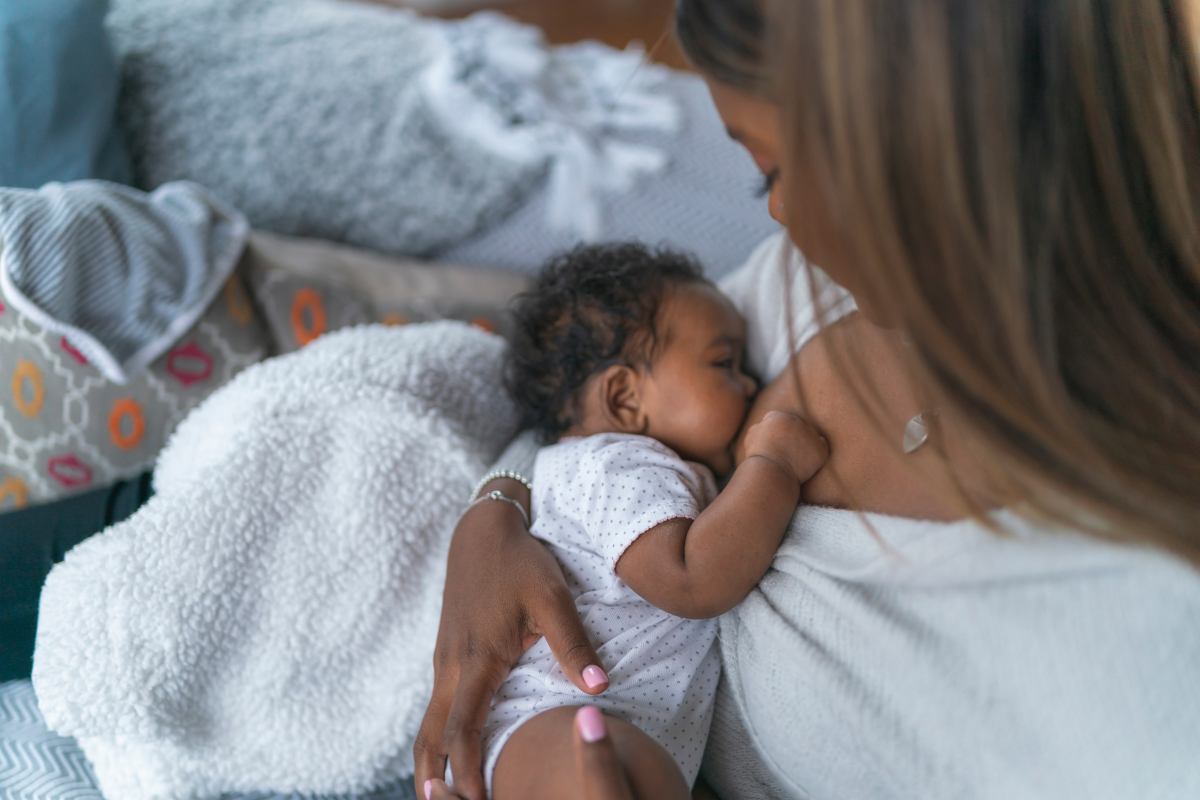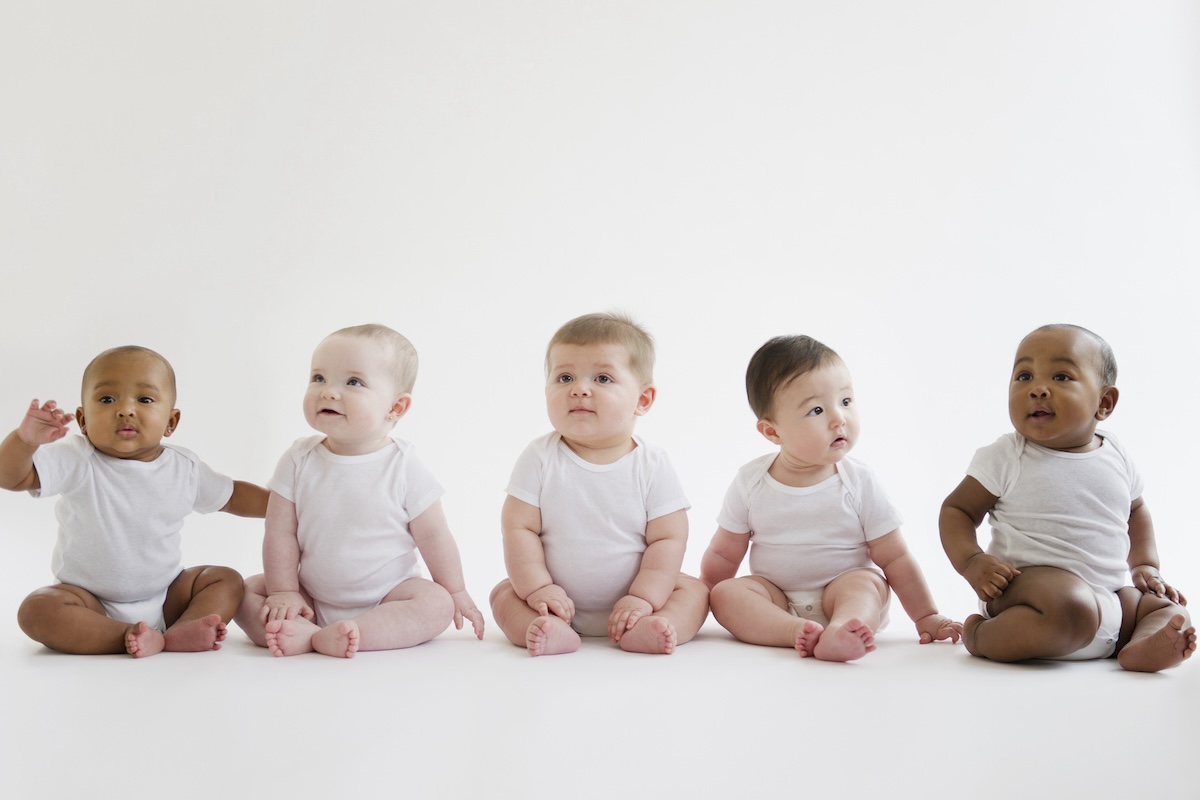Hi Emily! In my extremely anecdotal experience, it seems like a lot of boys were born over the COVID period. My son was born in March 2021 and my doula said her last six births before mine were boys, and my son’s day care class has seven boys and one girl. I know “environmental sex determination” is a thing for some animals (like reptiles and crustaceans), but I assume that human sex cannot be affected by this? But maybe environmental conditions (e.g. worldwide pandemic) could have some impact on sperm production? Or maybe I’m way off in left field, but I thought if anyone could figure it out, you could!
—Living in a Boys’ World?
This is a super-interesting question!
“Environmental sex determination” means a few different things. Within people, the theory I am most familiar with is sometimes called the Trivers-Willard hypothesis. To somewhat simplify: start from the observation that male reproductive success is more variable than female. Very successful men (and here I mean successful in the purely reproductive sense) can have a lot of children. Women are more limited in the number of children they can produce. However, in most animal species, male reproductive success is also more variable. The successful males have many offspring, the unsuccessful males very few; females, successful or not, have less variability in their numbers.
This means that from the standpoint of passing on your genes (our ultimate goal in some evolutionary sense), if you knew your child would be “successful,” you’d want a boy; if you knew they’d be unsuccessful, you’d want a girl.
In-womb and early life conditions play a role in this success, albeit a small one. This means that in times of deprivation, it’s evolutionarily optimal to have fewer boys, since this set of offspring is less likely to be on the “successful” end. This hypothesis was developed in non-human mammals, but it does seem to hold water in some settings of severe deprivation, like the Dutch famine of 1944-1945.
This theory would not explain the phenomenon you’re suggesting, though, since this produces fewer boys, not more. In addition, putting aside your experience, the overall share of boys born hasn’t changed during the pandemic. In 2021, the share of boys born in the U.S. was 51.1%. For the period 2016-2019, it was … 51.1%. It’s very stable, anecdotes aside!
Community Guidelines















Log in